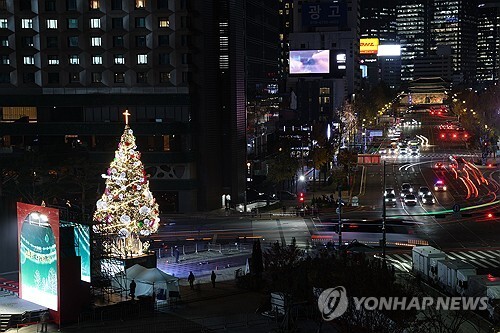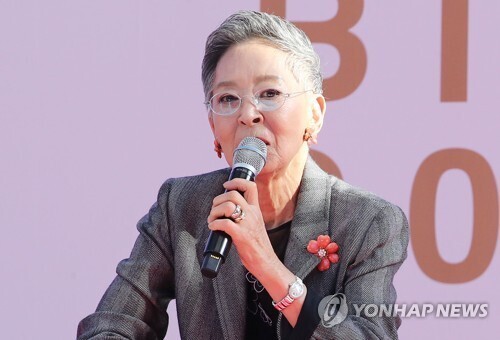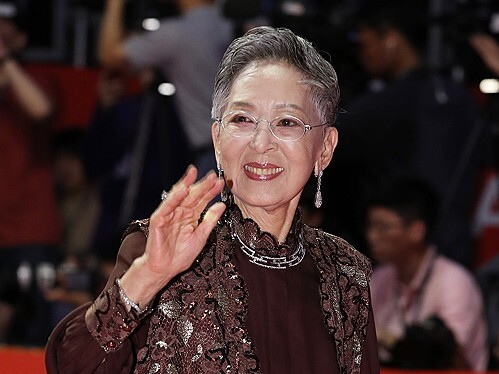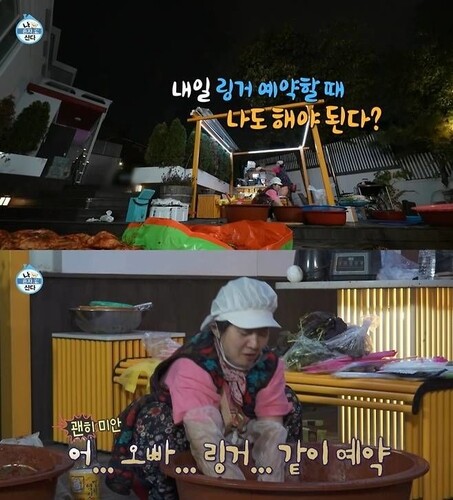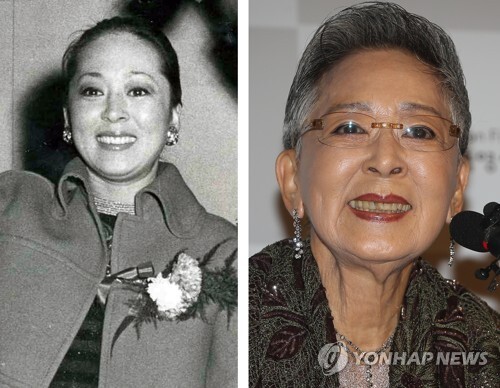royal palace-tour
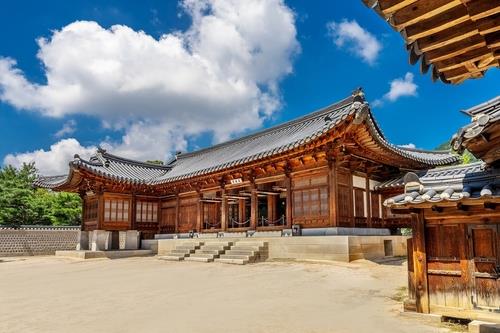 |
| ▲ This photo provided by the Royal Palaces and Tombs Center of the Korea Heritage Service shows Jangandang, the executive office of King Gojong of the Joseon Dynasty (1392-1910), located within Geoncheonggung at Gyeongbok Palace in Seoul. (PHOTO NOT FOR SALE) (Yonhap) |
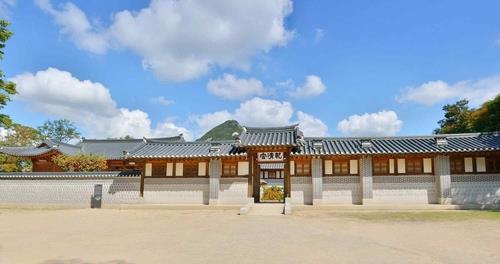 |
| ▲ This photo provided by the Royal Palaces and Tombs Center of the Korea Heritage Service shows Geoncheonggung, the residence of King Gojong, at Gyeongbok Palace in Seoul. (PHOTO NOT FOR SALE) (Yonhap) |
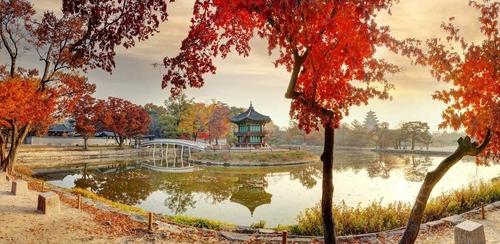 |
| ▲ This photo provided by the Royal Palaces and Tombs Center of the Korea Heritage Service shows Hyangwonjeong, a late Joseon-era pavilion built on an artificial pond, at Gyeongbok Palace in Seoul. (PHOTO NOT FOR SALE) (Yonhap) |
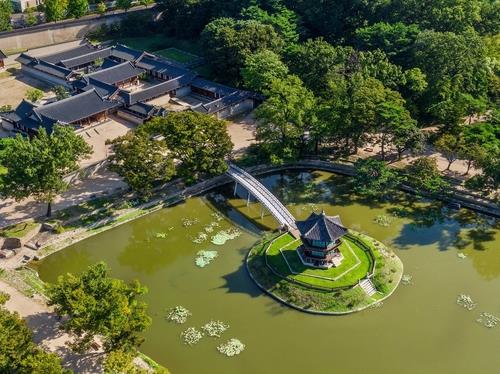 |
| ▲ This photo provided by the Royal Palaces and Tombs Center of the Korea Heritage Service shows Hyangwonjeong, a late Joseon-era pavilion built on an artificial pond, at Gyeongbok Palace in Seoul. (PHOTO NOT FOR SALE) (Yonhap) |
royal palace-tour
Two rarely opened sites at Gyeongbok Palace to welcome visitors this month
SEOUL, Oct. 6 (Yonhap) -- Two rarely accessible sites within Gyeongbok Palace, one of Seoul's major tourist destinations, will temporarily open to the public this month.
The Royal Palaces and Tombs Center of the Korea Heritage Service announced that it will run a special program granting visitors access to the interiors of Geoncheonggung and Hyangwonjeong, both located in the palace's innermost section, from Oct. 15 to 31.
The two structures, part of the Joseon Dynasty's main palace (1392–1910), are normally closed to visitors due to preservation concerns.
Geoncheonggung, built in 1873 following the reconstruction of Gyeongbok Palace under the reign of King Gojong -- the last monarch of Joseon -- served as the residence of the king and his wife, Queen Myeongseong. It was also the site of the queen's assassination by Japanese forces in October 1895, a pivotal event in Korean history. The residence has further historic significance as where Korea's first electric lights were installed in 1887.
After King Gojong relocated to the Russian legation, the residence was dismantled by the Japanese colonial government around 1909. It was later restored to its original form in 2007.
Hyangwonjeong, a late Joseon-era pavilion built on an artificial pond, was used as a retreat for the royal family and is celebrated for its architectural elegance.
To join the tour, advance reservations are required, and tickets must be purchased at least one day before the visit through the official ticketing site (https://nol.interpark.com).
(END)
(C) Yonhap News Agency. All Rights Reserved











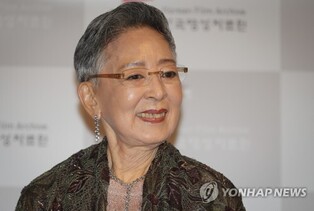

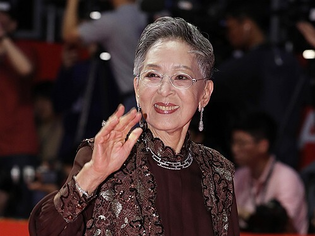
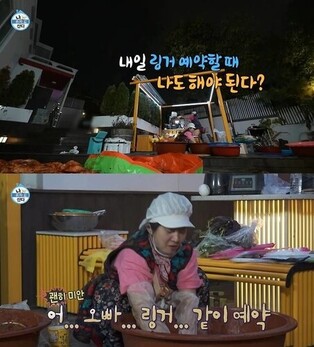
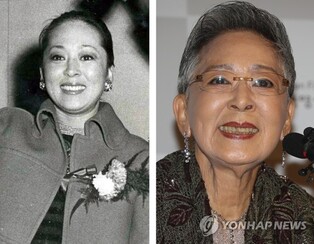
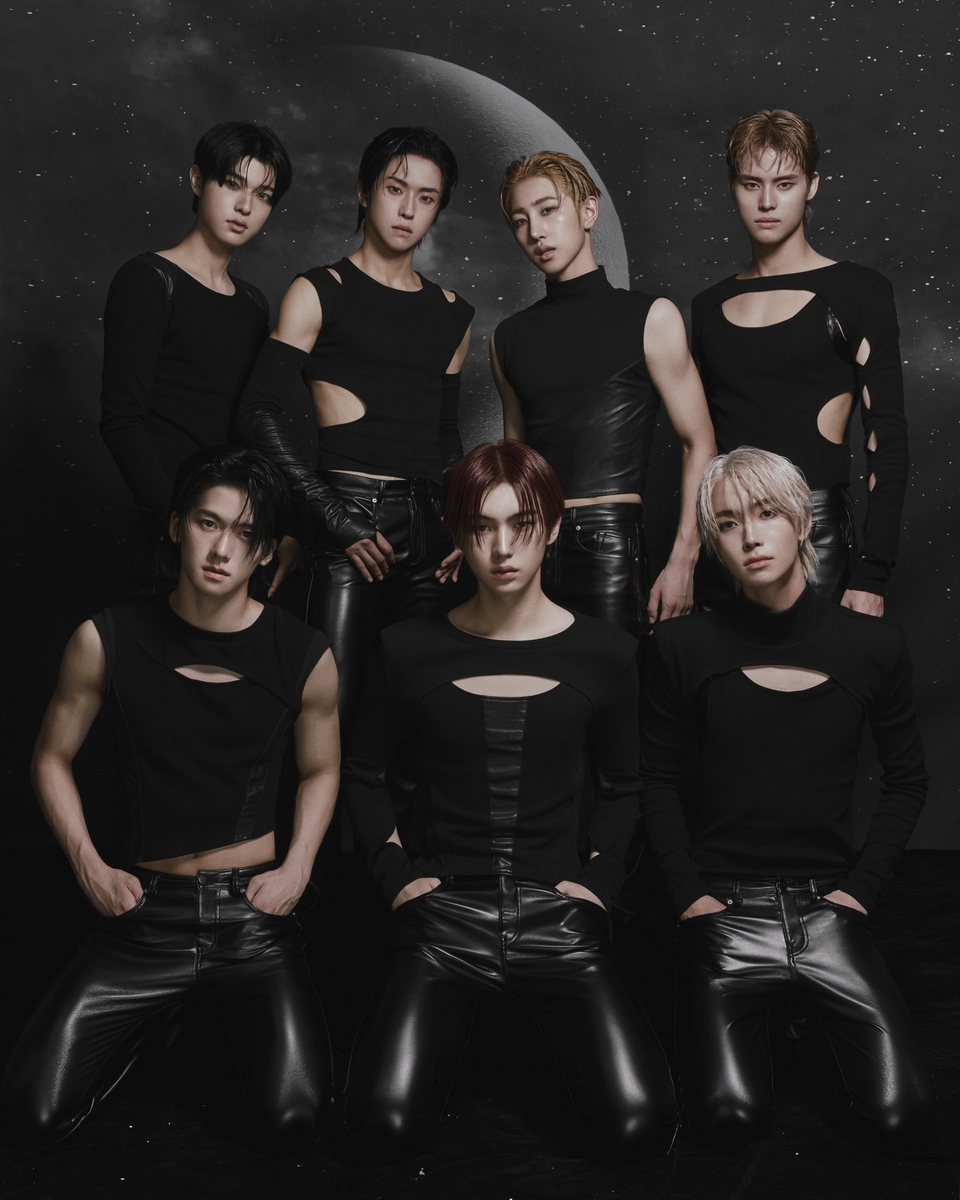
![[가요소식] 지코, 요아소비 이쿠라와 신곡 '듀엣' 발매](https://korean-vibe.com/news/data/20251212/yna1065624915953509_920_thum.jpg)
